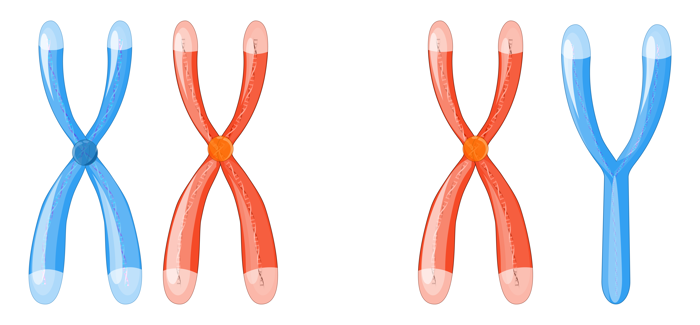
Inheritance Patterns (Genomics)
Inheritance Patterns In this session you will be reminded about the classic patterns of Mendelian inheritance: autosomal recessive and dominant; X-linked and Y-linked. You will be shown the symbols used to draw pedigrees (from the French "pied de grue" or "crane's foot"), a key step in determining mode of inheritance of a genetic disease or trait. Finally, you will be reminded of the different types of DNA mutation which lead to these classic modes of inheritance. Learning Outcomes On successful completion of the lecture, students should be able to: Recognise the parts of a pedigree diagram Describe in detail the following inheritance patterns: Autosomal Dominant Autosomal Recessive X-linked Y-linked Define the following genetic terms: Incomplete Penetrance Variable Expressivity De novo mutation Mosaicism Anticipation Define synonymous, missense, nonsense, insertion and deletion variants
-
What shape represents males in a pedigree? (1)
Squares
-
What shape represents females in a pedigree? (1)
Circles
-
How are partners connected in a pedigree? (1)
By a line between them
-
How are children represented in a pedigree? (1)
A line down from their parents
-
How are siblings represented in a pedigree? (1)
By a line above them
-
What does a shaded shape indicate in a pedigree? (1)
The individual is affected
-
What does a dot inside a shape indicate in a pedigree? (1)
The individual is a carrier
-
What symbol indicates an unaffected person whose sex is unknown in a pedigree? (1)
A diamond with no fill
-
What indicates a consanguineous relationship in a pedigree? (1)
A double line connecting the couple
-
What does SB indicate in a pedigree? (1)
Spontaneous abortion
-
What does P indicate in a pedigree? (1)
Therapeutic abortion
-
How are twins represented in a pedigree? (1)
Indicated as identical or non-identical
-
What is the inheritance pattern for autosomal dominant traits? (6)
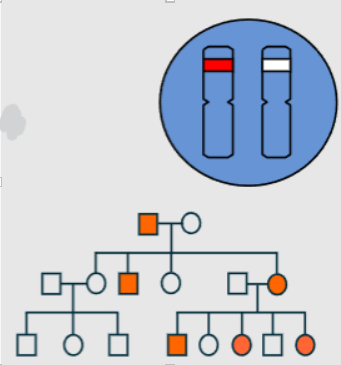
Manifest in heterozygous form
Multiple generations affected
Both sexes affected
Male-to-female and female-to-male transmission
Often has an affected parent
50% risk to offspring
-
What is incomplete/reduced penetrance? (2)
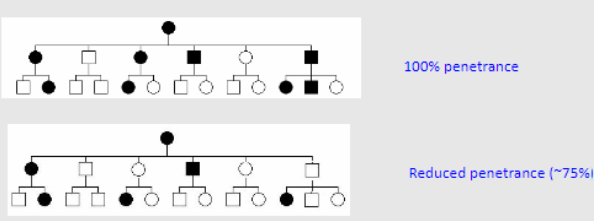
Some individuals have the mutation but do not have the disease
Many dominant disorders show age-dependent penetrance
-
What is variable expressivity? (1)
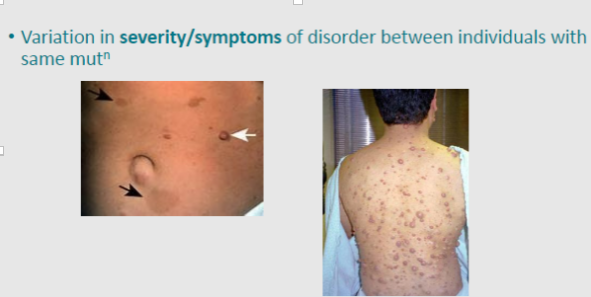
Variation in severity/symptoms of the disorder between individuals with the same mutation
-
What is the de novo mutation rate? (3)
Not all affected individuals have an affected parent
Often depends on severity of the disorder
Varies greatly between conditions
-
What is mosaicism? (1)
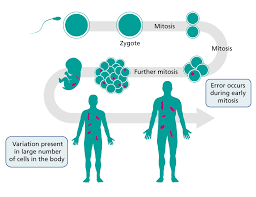
Mutation only present in a proportion of cells
-
What does anticipation refer to in genetics? (1)
Worsening of disease severity in successive generations, e.g., expansion disorders
-
What is penetrance in genetics? (1)
Percentage of individuals who carry the mutation and develop symptoms of the disorder
-
What is the recurrence risk for siblings of an affected person in autosomal recessive inheritance? (1)
1/4
-
What is the carrier probability for unaffected siblings of an affected person in autosomal recessive inheritance? (1) And explain why
2/3
If both parents are carriers of a recessive allele, each child has a 25% chance of being affected (homozygous recessive), a 50% chance of being a carrier (heterozygous), and a 25% chance of being unaffected (homozygous dominant). However, if a sibling is unaffected, that rules out the 25% chance of being affected. Among the remaining 75% (unaffected siblings), the probability of being a carrier is the 50% part of the 75% (since carriers make up two-thirds of the remaining possibilities). Thus, the chance that an unaffected sibling is a carrier is 2/3.
-
What are the characteristics of autosomal recessive inheritance? (6)
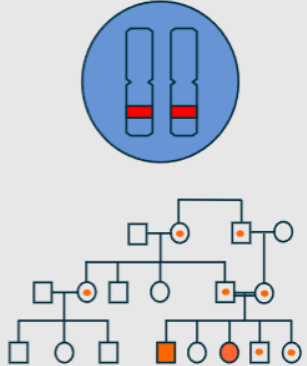
Manifest in homozygous/compound heterozygous form
Carriers (heterozygotes) are not affected
Both sexes affected
Male-to-female and female-to-male transmission
Usually one generation affected
May suggest consanguinity (e.g., cousin marriages)
-
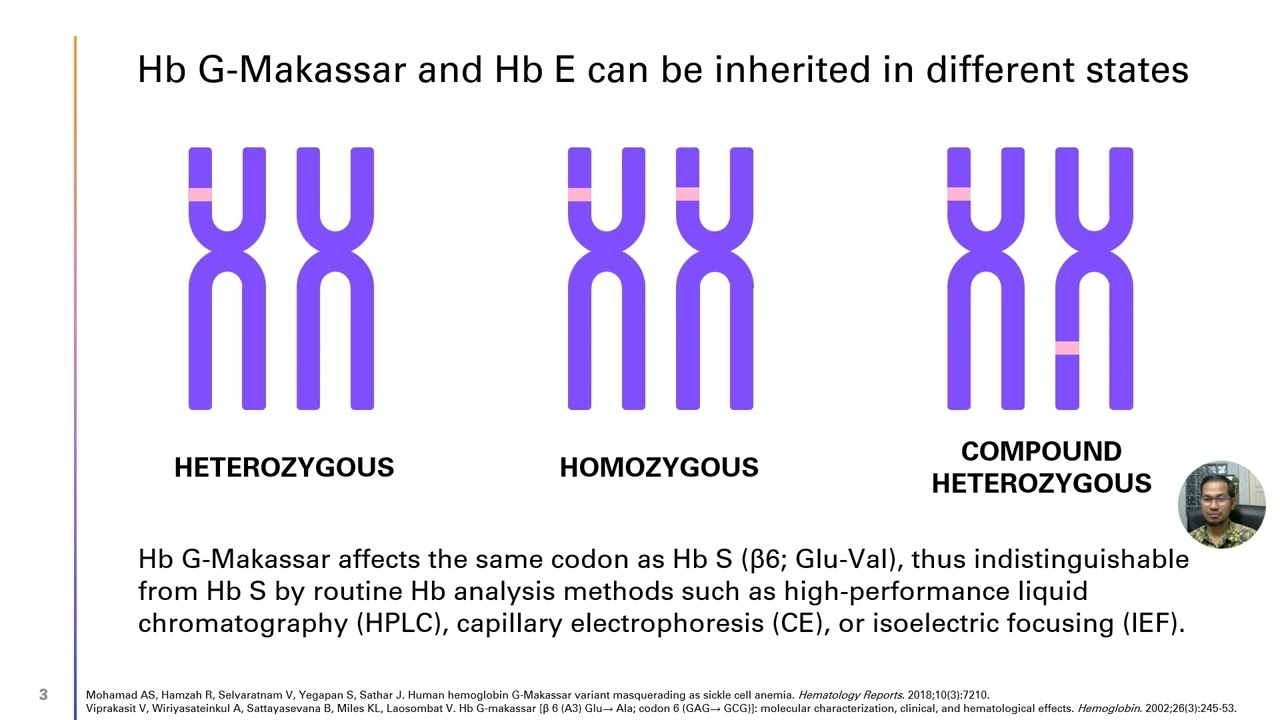
What is a compound heterozygote? (1)
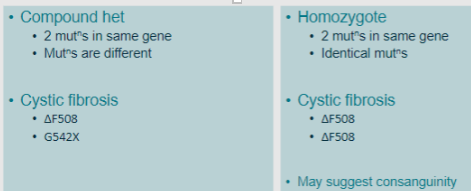
2 mutations in the same gene that are different (e.g., Cystic fibrosis: ∆F508, G542X)
-
What is a homozygote? (1)
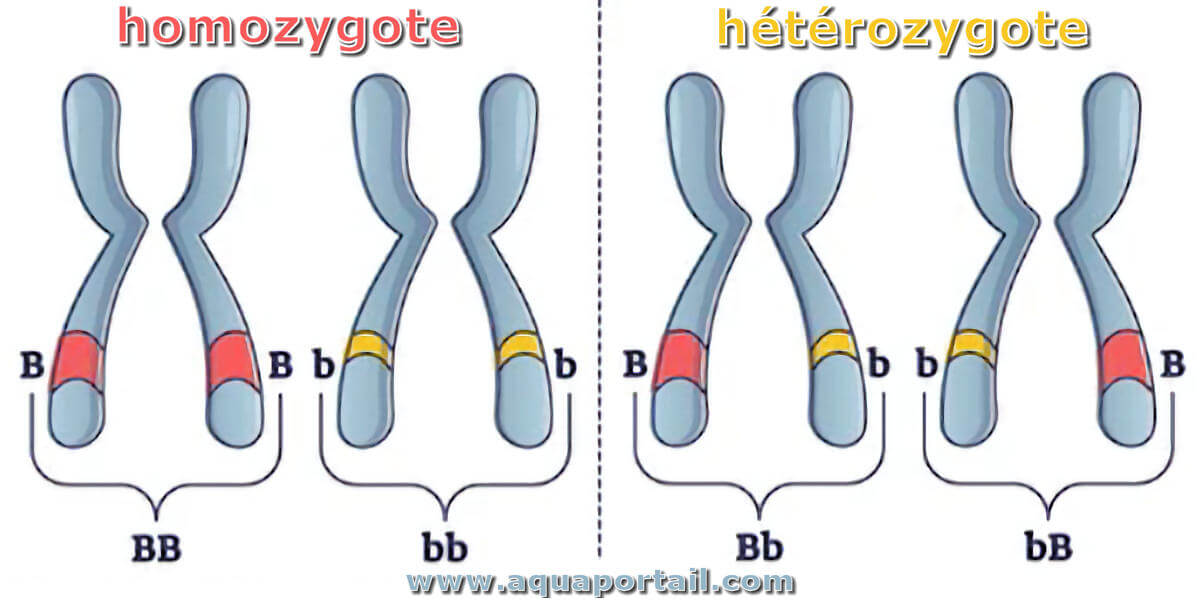
2 mutations in the same gene that are identical (e.g., Cystic fibrosis: ∆F508, ∆F508)
-
What are features of autosomal recessive inheritance? (2)
Trait often found in clusters of siblings but not in parents & offspring
All offspring of affected persons are obligate carriers
-
How do X-linked genes differ between sexes? (2)
Females have two X chromosomes and can be homozygous or heterozygous
Males have one X and one Y chromosome and are hemizygous
-
What are the characteristics of X-linked inheritance? (2)
Recessive: Females are carriers and unaffected; no male-to-male transmission
Dominant: Females are affected; males more severely affected or lethal
-
What are important features of X-linked recessive inheritance? (5)
X-linked genes are never passed from father to son
All daughters of affected males are obligate carriers
Children of carrier females have a 50% chance of inheriting the mutant allele
Skewed X-inactivation: generally random but ~10% of females have uneven or skewed X-inactivation
Manifesting carriers: some females have symptoms in X-linked recessive conditions (e.g., cardiomyopathy in DMD)
-
What are the characteristics of Y-linked inheritance? (2)
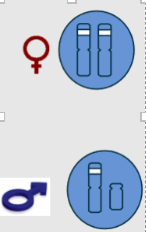
Mutation: a change in the genetic material
Always passed from fathers to sons
-
What types of mutations can occur? (3)
Substitutions (point mutations)
Deletions
Insertions
-
What is a pathogenic mutation? (2)
A change in genetic material that alters the function of the gene product
Can result in a disease phenotype
-
What are synonymous and nonsynonymous mutations? (2) Also what is Missense and Nonsense? (2)
Synonymous substitutions: Do not change the amino acid sequence
Nonsynonymous mutations: Change the amino acid sequence
Missense: Mutations lead to a physicochemical similarity between two amino acids
Nonsense: Creates a premature stop codon
-
What is the difference between in-frame and frameshift mutations? (2)
In-frame: Deletion or insertion of multiples of three bases
Frameshift: Deletion or insertion not in multiples of three
-
What are classic modes of Mendelian inheritance? (2)
Autosomal dominant
Autosomal recessive
X-linked
Y-linked
-
What should be considered when estimating modes of inheritance? (2)
Classic modes aren’t always straightforward due to expressivity and penetrance
Examination of pedigrees can help estimate the mode of inheritance
-
Human (and fly) males are said to be ________ for a sex-linked trait, and explain why. (2)
hemizygous
Explanation: Males have one X and one Y chromosome, meaning they only have one copy of X-linked traits. Since they lack a second X chromosome, they can't be heterozygous or homozygous for these traits, making them hemizygous.
-
A female carrier of a sex-linked trait will pass the disease on to ________ of her daughters, and explain why. (2)
0%Explanation: A female carrier has one affected X chromosome and one unaffected X. Daughters must inherit two affected X chromosomes to express a recessive disease. Since the mother only passes on one X, her daughters won’t show the disease, but they could be carriers.
-
In order for all of a woman’s sons to have a particular X-linked disease, the woman must be ________ for the disease, and explain why. (2)
homozygous
Explanation: If a woman has two disease alleles on her X chromosomes, all her sons will inherit one defective X chromosome, as males inherit their X chromosome from their mother. This means all sons will have the disease.
-
The ABO blood groups in humans are an example of ________, and explain why. (2)

Multiple alleles and codominance
Explanation: The ABO blood group system has three possible alleles (IA, IB, i), demonstrating multiple alleles. Codominance occurs because IA and IB are both expressed equally when present, leading to the AB blood type.
-
When many alleles exist for the same gene, the ________ phenotype is the wild type, and explain why. (2)
most commonExplanation: Wild type refers to the phenotype most commonly observed in a population. This is the “normal” or “typical” version of the trait found in nature.
-
When many alleles exist for the same gene, the less common types are ________, and explain why. (2)
Variants
Explanation: Variants refer to versions of a gene that differ from the wild type. These alleles can still be dominant or recessive but are simply less frequently observed compared to the most common form.
-
Choose the best example of expressivity, and explain why. (2)
A disorder that has varying levels of severityExplanation: Expressivity refers to the degree or severity of expression of a gene. A disorder with varying severity shows that the phenotype can present differently among individuals with the same genotype.
-
Choose the best example of complete penetrance, and explain why. (2)
A gene that is expressed in all of a population with the gene
Explanation: Penetrance refers to the proportion of individuals with a genetic mutation who actually show symptoms of the associated disorder. Complete penetrance means that everyone with the mutation expresses the associated trait.
-
Reduced penetrance and variable expressivity are both likely due to ________, and explain why. (2)
genetic, environmental, and lifestyle factorsExplanation: The expression of genetic disorders can be influenced by multiple factors, including variations in an individual's genetic background, environmental influences, and lifestyle choices. These contribute to whether the gene is expressed (penetrance) and to what degree (expressivity).
-
When investigating the genetics of a disease with no known cause, medical teams use ________ to track the disease in families, and explain why. (2)
pedigreesExplanation: Pedigrees are family trees that map the inheritance of traits and disorders across generations. They help medical teams visualize patterns of inheritance and track how a disease is passed through a family.
-
A family history can be used as ________ tool to assess a person’s risk for certain diseases, and explain why. (2)
screeningExplanation: Family histories provide information about the prevalence of genetic diseases, allowing doctors to assess an individual’s risk of developing certain conditions based on their relatives' medical history.
-
In a pedigree, females are indicated by ________, and explain why. (2)
circlesExplanation: In pedigrees, different shapes are used to represent different sexes. Females are represented by circles, while males are represented by squares. This visual distinction helps in tracking inheritance patterns more easily.
-
Among medical screening tools, ________ are the most readily updated, and explain why. (2)
pedigreesExplanation: Pedigrees are simple and easy to update as more information about family members or additional diagnoses become available. Unlike genetic tests, they can be quickly modified with new details.
-
In a pedigree, individuals with the condition under investigation are indicated by a ________, and explain why. (2)
colored-in shapeExplanation: Affected individuals are shown with a filled-in or shaded symbol in pedigrees, distinguishing them from unaffected individuals. This helps to quickly identify who in the family has the condition.
-
A ________ trait will be observed only in individuals that are homozygous for that trait, and explain why. (2)
recessiveExplanation: Recessive traits require two copies of the recessive allele to be expressed. A single dominant allele will mask the recessive allele, so only individuals with two recessive alleles (homozygous) will display the trait.
-
A disorder that displays dominant inheritance will appear in ________, and explain why. (2)
all childrenExplanation: A dominant disorder only requires one copy of the defective allele to be expressed. If a parent has the dominant allele, there is a 50% chance that it will be passed to offspring, meaning all children with the allele will express the disorder, regardless of sex.
-
Only female individuals can ________ sex-linked disorders, and explain why. (2)
be carriers ofExplanation: Females have two X chromosomes, allowing them to carry one defective allele without expressing the disorder. Males, who have only one X chromosome, cannot be carriers — they either have the disorder or they don’t.
-
Human sex-linked disorders in which male children are affected and female children are carriers are carried on the ________ chromosome, and explain why. (2)
XExplanation: X-linked disorders are passed on the X chromosome. Since males have only one X chromosome, they are affected if they inherit the defective gene. Females, with two X chromosomes, can carry the defective allele on one chromosome and remain unaffected.
-
Y-linked disorders appear in ________, and explain why. (2)
male childrenExplanation: Y-linked disorders are passed only through the Y chromosome, which only males inherit from their father. Therefore, these disorders only appear in male offspring. Females do not have a Y chromosome and cannot inherit these disorders.

